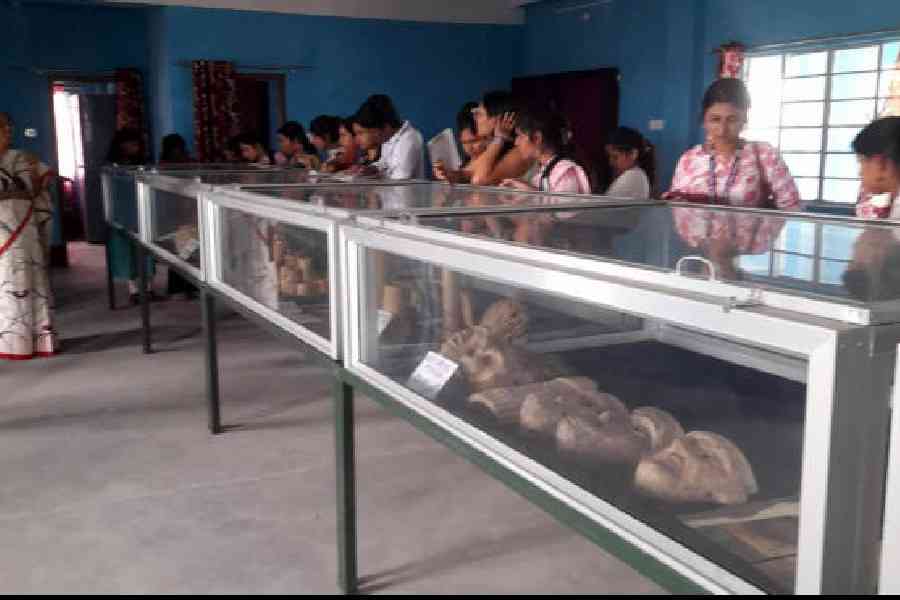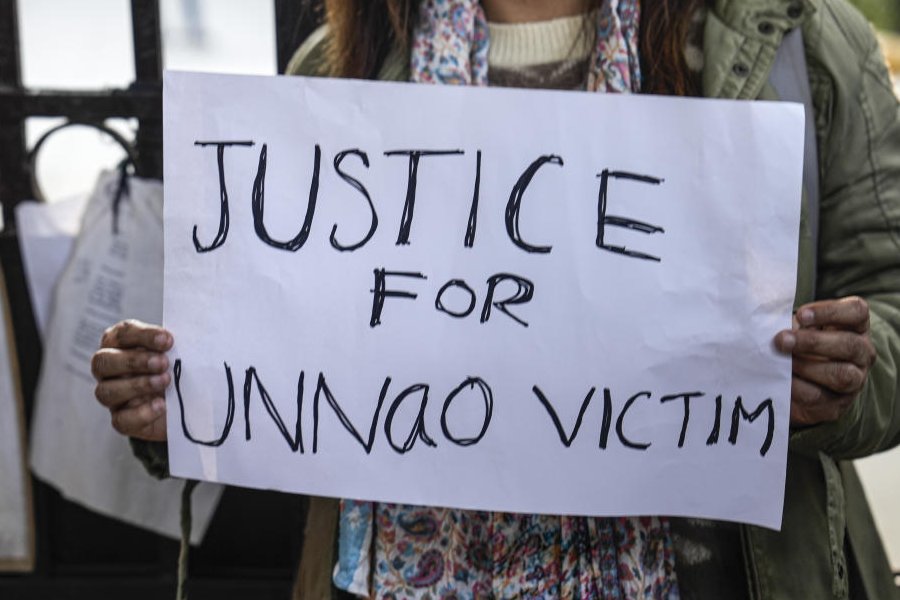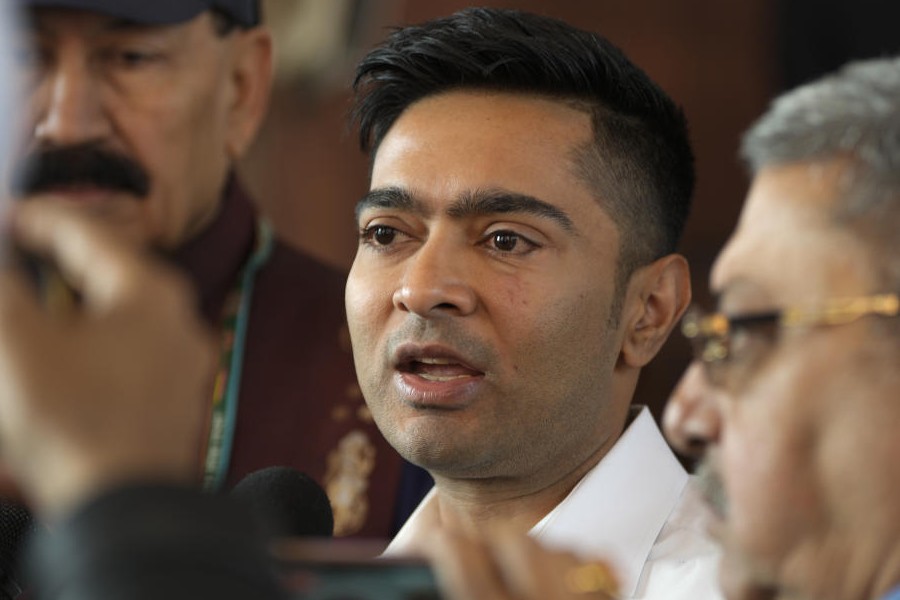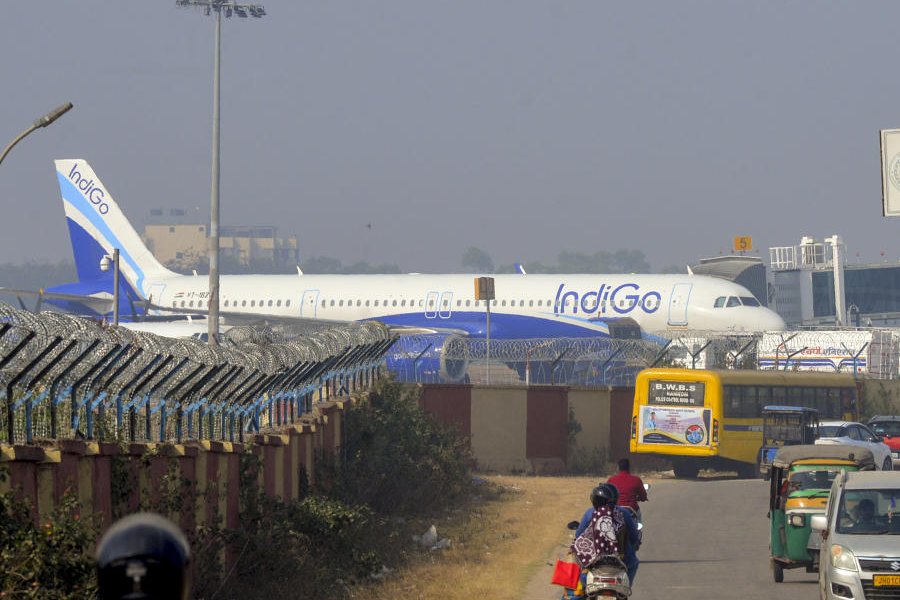The indigenous Dhimal community of farmers and fishermen, with a population of only around 700, has appealed to the state government to help explore alternative livelihood options for their younger generation.
The ancient community resides in the foothills of the Darjeeling hills. It is primarily based in Ketugabur Jote under the Naxalbari block, some 30km from Siliguri in Darjeeling district.
With a dwindling population, the Dhimals have over centuries mostly relied on their traditional occupations like fishing and farming.
However, the younger members of the community are increasingly turning away from these ancestral professions.
Garjan Mallick, the secretary of the Dhimal Community Existence and Preservation Welfare Committee, expressed concern over the community's future.
"Most of the Dhimal youths, after completing their basic schooling, are forced to work as day laborers, mason’s assistants, or riverbed miners due to economic hardship," he said.
Poverty and lack of exposure keep them away from higher education, Mallick said.
Mallick, who was the first graduate from the community in the early 1980s, has urged the government to create alternative income opportunities.
“We urge the administration to create alternative income opportunities to strengthen the community's economic condition so that youths can also pursue further studies," said Mallick, a retired higher secondary school teacher.
After Mallick, only about 10 to 12 individuals from the community have earned college degrees.
In a bid to preserve their heritage, the state government built a two-storey community hall and museum in the village two years ago at a cost of ₹50 lakh.
The museum houses various cultural and traditional artifacts, including clothing, musical instruments and agricultural tools used by the Dhimals.
The community hall includes four rooms and a dormitory, available for visitors to stay temporarily.
Community members want the government to upgrade the museum and explore the potential of setting up homestays and developing tourism in the area.
Mallick said the community recently submitted a proposal of ₹8 lakh to the Siliguri Mahakuma Parishad (SMP) to upgrade the museum.
“We also urge the administration to explore the potential of developing homestay tourism in the area, which could also help generate sustainable income and provide an environment that will encourage the younger generation to pursue higher education,” said Mallick.
To pursue these initiatives, a 12-member committee was formed on Sunday in the village.
Arun Ghosh, the SMP sabhadhipati who is familiar with the community, said: "We are currently working on improving road connectivity to the village. Alongside, we are exploring livelihood options in floriculture, fishing and agriculture. A feasibility study is underway to promote homestay tourism, as the region attracts researchers and those interested in learning about the community."











